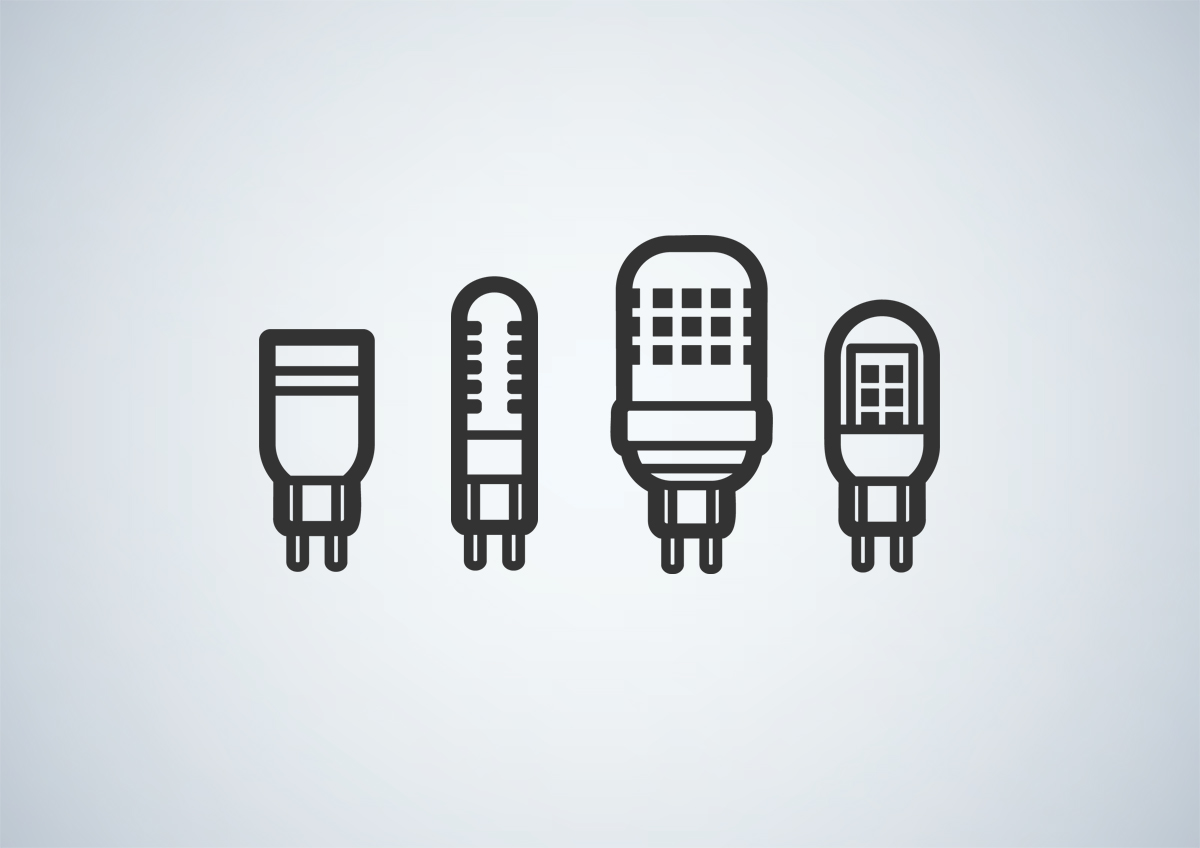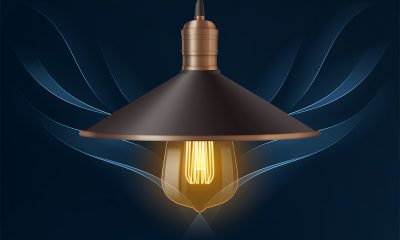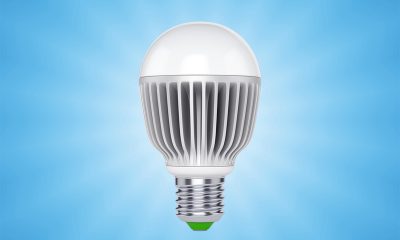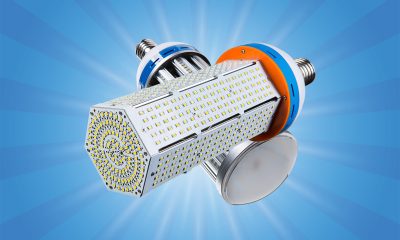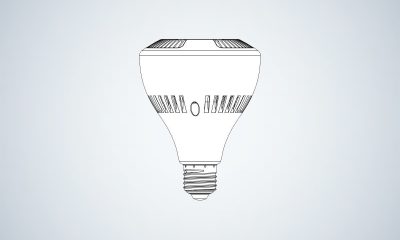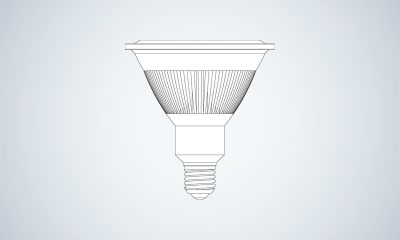What is a G9 light bulb
A G9 light bulb is a line voltage operated capsule bulb having two spades or wire loop contacts spaced 9 mm apart. The G9 base was exclusively reserved for bi-pin halogen bulbs that operate at high voltages (120-130 volts in the US, and 220-240 volts in EU and China). G9 halogen bulbs come in a varied wattage ratings, usually between 20 and 60 watts, and deliver a light output of up to 1000 lumens. G9 LED bulbs are direct replacements for the G9-base tungsten filament incandescent lamps. They emit in a radiation pattern very similar to the halogen bulbs but consume considerably less power for the same light output.
Lighting applications
The looped-pin base light bulb finds its footprint in a variety of residential light fixtures, e.g. chandeliers, vanity lights, under cabinet lights, decorative and accent lights. Its small foot print also allows it to be integrated into fixtures that provide limited space for the light source. A prominent use of G9 light bulbs is to give grace, sparkle and charm to crystal chandeliers. These small encapsulated lamps blend in inconspicuously with dangling crystals. They do not steal the show but instead contribute to the stunning, glittering look of the chandelier.
LED technology advantages
The efficacy of G9 LED bulbs approaches 100 lm/W. Compared with halogen bulbs that have an average rated lifetime of 2000 hours, G9 LED bulbs last more than ten times longer. Another major advantage of LED lighting is that tailoring the spectral power distribution (SPD) of white light became very convenient. The color temperature and color rendition of LEDs are governed by the spectral characteristics of phosphor down-converters. Because of this, G9 LED bulbs can be made to produce white light with different chromaticities, such as warm white, neutral white or cool white, and white light, as well as different levels of color rendering accuracy.
Drive current regulation
However, upgrading a G9 bulb from incandescent to LED does come with its challenges. One of the tricks is packing the driver circuit into the small bulb. Unlike halogen bulbs that can work directly on a mains voltage without relying on power supplies, LED bulbs operate on a constant current supply because their light output more closely follows the current through the LED array than the voltage across it. While switching mode power supply (SMPS) systems have many advantages over linear regulated power supplies, they tend to be large and bulky. G9 LED bulbs generally use linear power supply circuitry in an integrated circuit (IC) which is small enough to be integrated into a G9 bulb. The bare-bones circuit, however, is extremely simple, which results in a poor efficiency and high current ripples. Flicker, which occurs as a result of the presence of large ripples in the DC current, is more susceptible in LEDs driven by linear power supplies.
Lifespan
LED lamps are marketed to have a long lifespan such as 30,000 – 50,000 hours. This is simply not true, in particular for G9 LED bulbs which have been struggling with thermal management because there’s adequate space to accommodate a heat sink. Effective thermal management is crucial to the life of LEDs. The LEDs of a G9 bulb is stressed by not only their own waste heat, but also the heat dissipated the inefficient linear power supply. Temperature accelerates the kinetics of thermal degradation and therefore increases the magnitude of lumen depreciation and color shift within a certain period of time. The LEDs may also be subject to electrical overstress (EOS) because the bare-bones circuit cannot handle power-line coupled transients and surges. Typically, G9 LED bulbs have L70 lifetimes between 10,000 – 25,000 hours.

